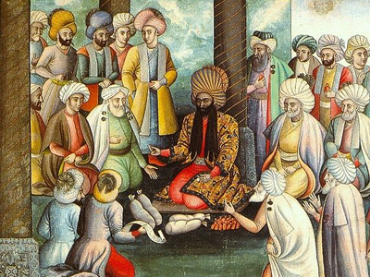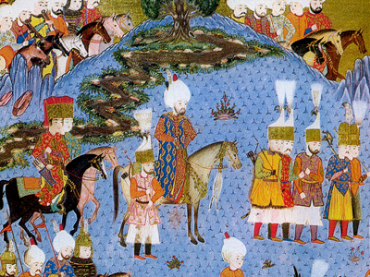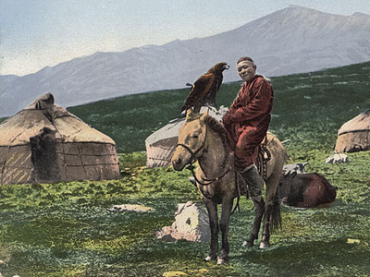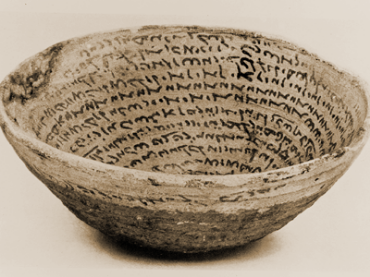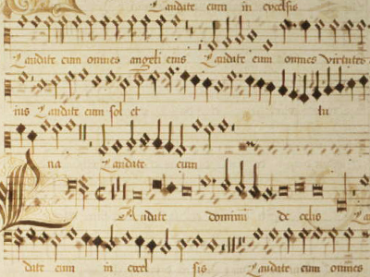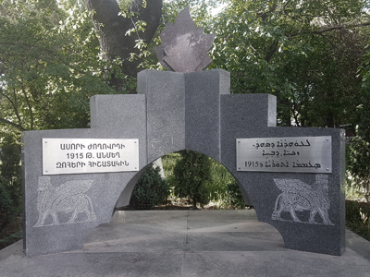History
Rediscovering al-Azdī and the Futūḥ al-Shām Narrative
Manuscripts, Parallel Texts, Research History
Series: Islamic History and Thought 28
ISBN: 978-1-4632-4382-1
The Futūḥ al-Shām (The Conquests of Greater Syria), usually attributed to Abū Ismāʿīl Muḥammad b. ʿAbdallāh al-Azdī al-Baṣrī, is one of the primary sources used for historians studying the early Muslim expansion into Greater Syria. This study revaluates the Futūḥ al-Shām narrative and the question of its compiler-author, investigating the history of the narrative as text through an analysis of a new manuscript and important parallel texts, and revisiting the evidence and hypotheses previous scholars have put forward on both al-Azdī’s life and the Futūḥ al-Shām narrative’s text. It thus offers an overview of the history of Oriental and Islamic Studies on the basis of one work.
$140.00
Ancient Near East Bundle
ISBN: 000-0-2021-0011-X
This bundle brings together key texts for those wanting to gain a broad understanding of the history and culture of the Ancient Near East, and includes: Alphabet Scibes in the Land of Cuneiform (By Yigal Bloch), Death and Burial in Iron Age Israel, Aram, and Phoenecia (By Rachel Nabulsi), Calling Out to Isis (By Solange Ashby), Studying the Near and Middle East at the Institute for Advanced Study, Princeton, 1935-2018 (Edited by Sabine Schmidtke), A Mesopotamian Miscellany (By Karen Polinger Foster; Translation by Benjamin R. Foster), The Material Origin of Numbers (By Karenleigh A. Overmann). The RRP of the titles in this bundle when sold individually is $916. The bundle saves you $366.40.
$549.60
Islamic Studies Bundle
ISBN: 000-0-2021-0012-X
This bundle brings together key texts and inspiring new research in Islamic Studies: Seeing Islam As Others Saw It (By Robert Hoyland), Fatima, Daughter of Muhammad - Second Edition (By Christopher Paul Clohessy), The Quran: Word List (3 volumes) (By Elie Wardini), Endless Inspiration (Edited by Orhan Elmaz), Chinese Heirs to Muhammad (By J. Lilu Chen), The Making of the Mosque (By Essam Ayyad). The RRP of the titles in this bundle when sold individually is $1,010.35. The bundle saves you $404.14.
$404.14
The Life of Theodotus of Amida
Syriac Christianity under the Umayyad Caliphate
Series: Texts from Christian Late Antiquity 73
ISBN: 978-1-4632-4409-5
The Life of Theodotus of Amida is that rare thing: a securely dated eye-witness account of life under Arab Muslim rule in the first century of Islam, and one of the few extant texts from seventh-century North Mesopotamia. It is imbued with local color and contemporary detail, revealing an intimate knowledge of the terrain, its inhabitants and officialdom, as well as the precariousness of the lives of those living in the borderlands between the Byzantine and Islamic empires.
$75.00 $60.00
Medieval Encounters
Arabic-speaking Christians and Islam
Edited by Ayman S. Ibrahim; Contribution by Mark Beaumont, David Bertaina, Clint Hackenburg, Sandra Toenies Keating, Michael F. Kuhn, John C. Lamoreaux, Mourad Takawi, Jack Tannous, Alexander Treiger & Mina Yousef
Series: Gorgias Handbooks 55
ISBN: 978-1-4632-4447-7
A sourcebook of major Arabic Christian theologians and texts from the 9th-11th centuries. Christian authors who spoke and wrote Arabic had no choice but to engage with Islam and the complex realities of life—initially as a majority, later as a minority—under Muslim rule. They had to express their theology in new ways, polemicize against the claims of a new religion, as well as defend their doctrines against Islam’s challenges.
$55.00
The Gentle American
George Horton’s Odyssey and His True Account of the Smyrna Catastrophe
ISBN: 978-1-4632-4449-1
How many lives can one man save? Never enough, Horton realized. As his ship backed away from Smyrna’s wharf, he could better see the helpless, teeming crowd on the waterfront trapped between the sea and a raging inferno. He was not consoled by rescuing his shipload of refugees, nor by the many other Christian, Jewish, and Muslim lives he had saved during his service as American consul. His focus was on the people before him threatened with fire, rape, and massacre. Their persecution, he later said, made him ashamed he “belonged to the human race.” Helping them would not be easy, however. His superiors were blocking humanitarian aid and covering up atrocities with fake news and disinformation to win Turkish approval for American access to oil. When Horton decried their duplicity and hard-heartedness, they conspired to destroy his reputation. Undaunted, Horton pursued his cause until it went to the President and then Congress for decisions that would set the course for America’s emergence as a world power. At stake was the outcome of WWI, the stability and liberality of the Middle East, and the likelihood of more genocide.
$60.00
The Stories They Tell
Halakhic Anecdotes in the Babylonian Talmud
Series: Judaism in Context 32
ISBN: 978-1-4632-4456-9
In this engaging book of commentary on the Talmud, the author upends the long-held theory of the immutability of halakhah, Jewish law. In her detailed analysis of over 80 short halakhic anecdotes in the Babylonian Talmud, the author shows that the Talmud itself promotes halakhic change. She leads the reader through one sugya (discussion unit) after another, accumulating evidence for her rather radical thesis. Along the way, she teases out details of what life was like 1500 years ago for women in their relationships with men and for students in their relationships with mentors. An eye-opening read by one of today’s leading Talmud scholars.
$55.00
Shiʿite Rulers, Sunni Rivals, and Christians in Between
Muslim-Christian Relations in Fāṭimid Palestine and Egypt
By Steven Gertz
Series: Islamic History and Thought 32
ISBN: 978-1-4632-4473-6
A historical study of the Fāṭimid caliphate in Palestine and Egypt during the fourth/tenth and fifth/eleventh centuries.
$95.00 $76.00
Šalmūtā Šapīrtā
Festschrift for Rifaat Y. Ebied in honour of his contributions to Semitic Studies
Edited by Erica C. D. Hunter
Series: Gorgias Eastern Christian Studies 65
ISBN: 978-1-4632-4541-2
A Festschrift for Rifaat Ebied celebrating a lifetime of work in the field of Semitic Studies, in particular Syriac, Christian Arabic, and Mandaic.
$140.00 $112.00
The Syriac Orthodox in North America (1895–1995) / السريان في أمێركا الشمالية (Arabic Edition)
تاريخ موجز
By George Anton Kiraz; Translated by Hilal Mohammad Al-Jihad
Series: Gorgias Handbooks 59
ISBN: 978-1-4632-4545-0
An Arabic translation of George Anton Kiraz's 'The Syriac Orthodox in North America (1895–1995)' – a short history of the Syriac Orthodox community in North America between 1895, the year of the First Sayfo that triggered the first wave of immigration to North America, and 1995, marking the passing away of Metropolitan Mor Athanasius Yeshue Samuel, the first and only Archbishop of the Syriac Orthodox Archdiocese of the United States and Canada.
$42.00
Identity and Witness
Syriac Christians of the Middle East and India between homeland and global presence
Edited by Dietmar W. Winkler and Andreas Schmoller
ISBN: 978-1-4632-4570-2
Identity has become a central theme in a globalised world, both in politics and in the humanities, and the Syrian churches cannot escape it either. Christianity also exists as an identity that can in some ways compete with or even contradict theological understandings as a witness. But how should religious leaders deal with the fact that their churches are as much faith communities as identity markers? This volume does not offer the all-encompassing answer to this central question, but it provides keys for reflection and discussion beyond the circle of clergy and theologians, showing why the Syriac tradition matters for global Christianity. With contributions by Naures Atto, Bishop Anoine Audo SJ, Sebastian Brock, Mar Theophilose Kuriakose, Archbishop Paul Matar, Philip Nelpuraparambil, Andreas Schmoller, Baby Varghese and Dietmar W. Winkler.
$95.00 $76.00
Filter by
Filter by price
Filter by manufacturer

